Source: DailyClout.io | VIEW ORIGINAL POST ==>
Originally published on the author’s Substack
The past and future of American design
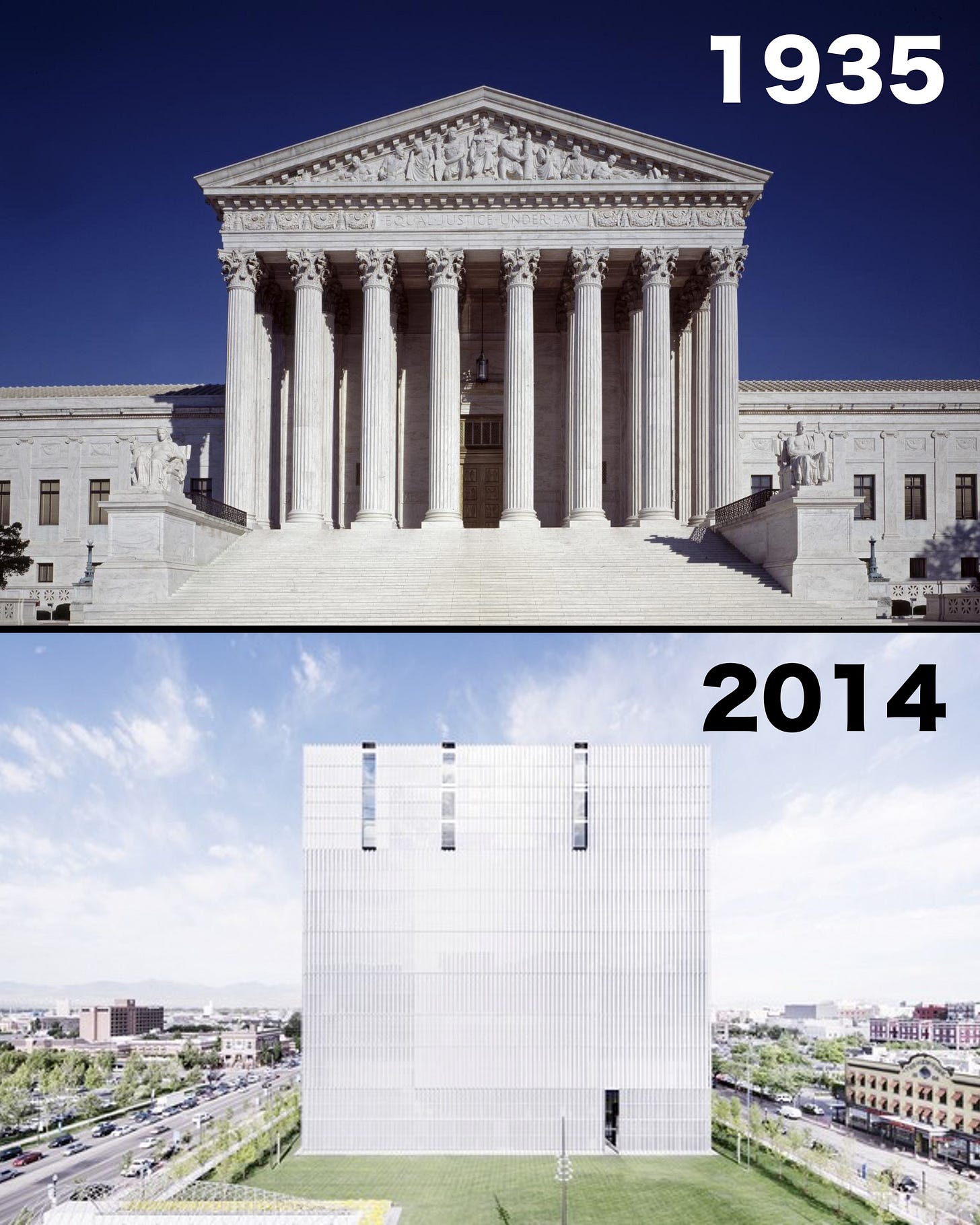
On his first day in office, President Trump issued the executive order titled Promoting Beautiful Federal Civic Architecture, which reaffirmed his administration’s commitment to prioritizing traditional and classical architectural styles in federal building projects.
The order built on a similar effort from his first term, which formally limited acceptable federal building styles to Neoclassical, Georgian, Federal, Greek Revival, Beaux-Arts, and Art Deco.
This latest order, however, takes the initiative further — it calls for specific recommendations to ensure federal buildings are “visually identifiable as civic buildings”, and that they:
“…respect regional, traditional, and classical architectural heritage in order to uplift and beautify public spaces and ennoble the United States and our system of self-government.”
But why is the President set on advancing classicism? Why should a modern nation look to the distant past for inspiration — and how might it shape the future of American architecture?
Why Trump is Pushing Classicism
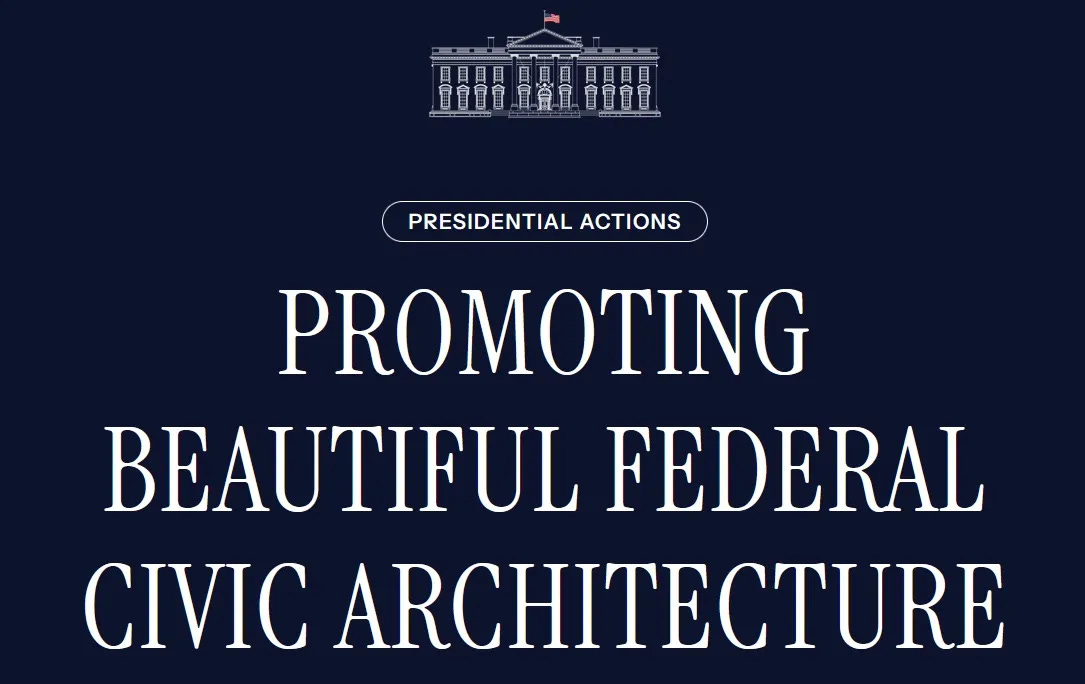
The 2025 executive order is a continuation of the President’s critique of modernist architecture, which he and many Americans view as cold, uninviting, and detached from the public. Indeed, 72% of Americans surveyed prefer traditional over modernist architecture for public buildings.
But why does it matter what kind of building federal workers do their job in?
The key lies in understanding whom federal workers serve — the American people. The logic follows that just as a federal employee’s work isn’t just for him or her but for all of us, so too the building itself shouldn’t be made just for the employee, but for the public.
But it goes one step further. As Winston Churchill once said,
“We shape our buildings; thereafter they shape us.”
When federal employees go to work in a brutalist building, it impacts how they do their job, or how they view the nation they’ve sworn to serve. When they go to work in a building that conveys dignity, beauty, and respect for civic life, the impact is just the same — except this time, it’s uplifting rather than upsetting.
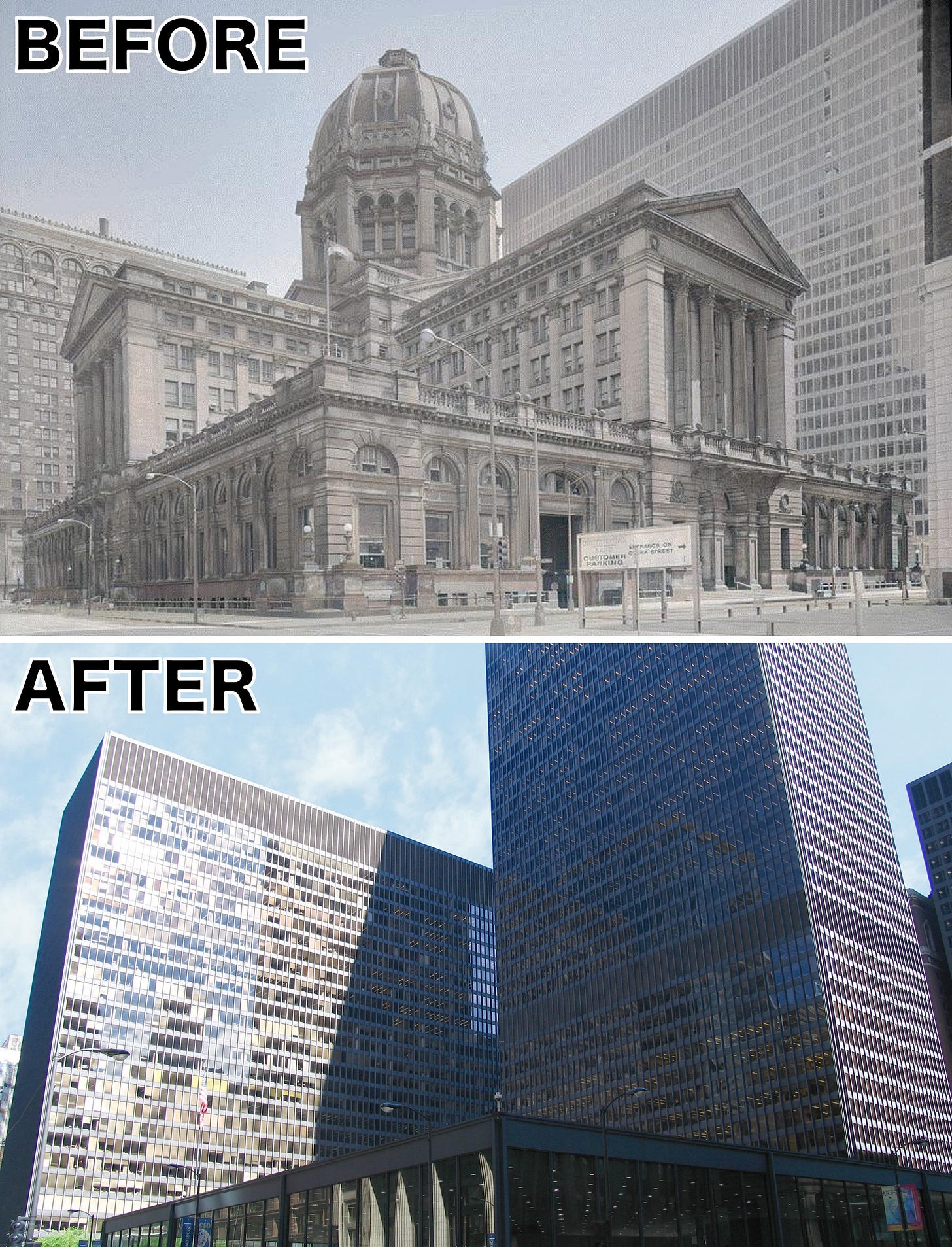
This is one of the main reasons behind the executive order, as it maintains that federal architecture should serve the American people on two fronts: by enhancing the beauty of their public spaces, and by ennobling the federal workers who serve them.
Why the Founders Valued Classicism
To fully appreciate this vision, it helps to understand the historical roots of classicism in America. The Founding Fathers, especially Jefferson, viewed classical design as a way to symbolize the nation’s ideals.
Jefferson himself was an accomplished (self-taught) architect, and his works such as Monticello and the University of Virginia drew heavily from Greco-Roman models. He described public buildings as “the ornament of a country”, and strongly believed they should uplift the nation by helping to establish its cultural and political identity.
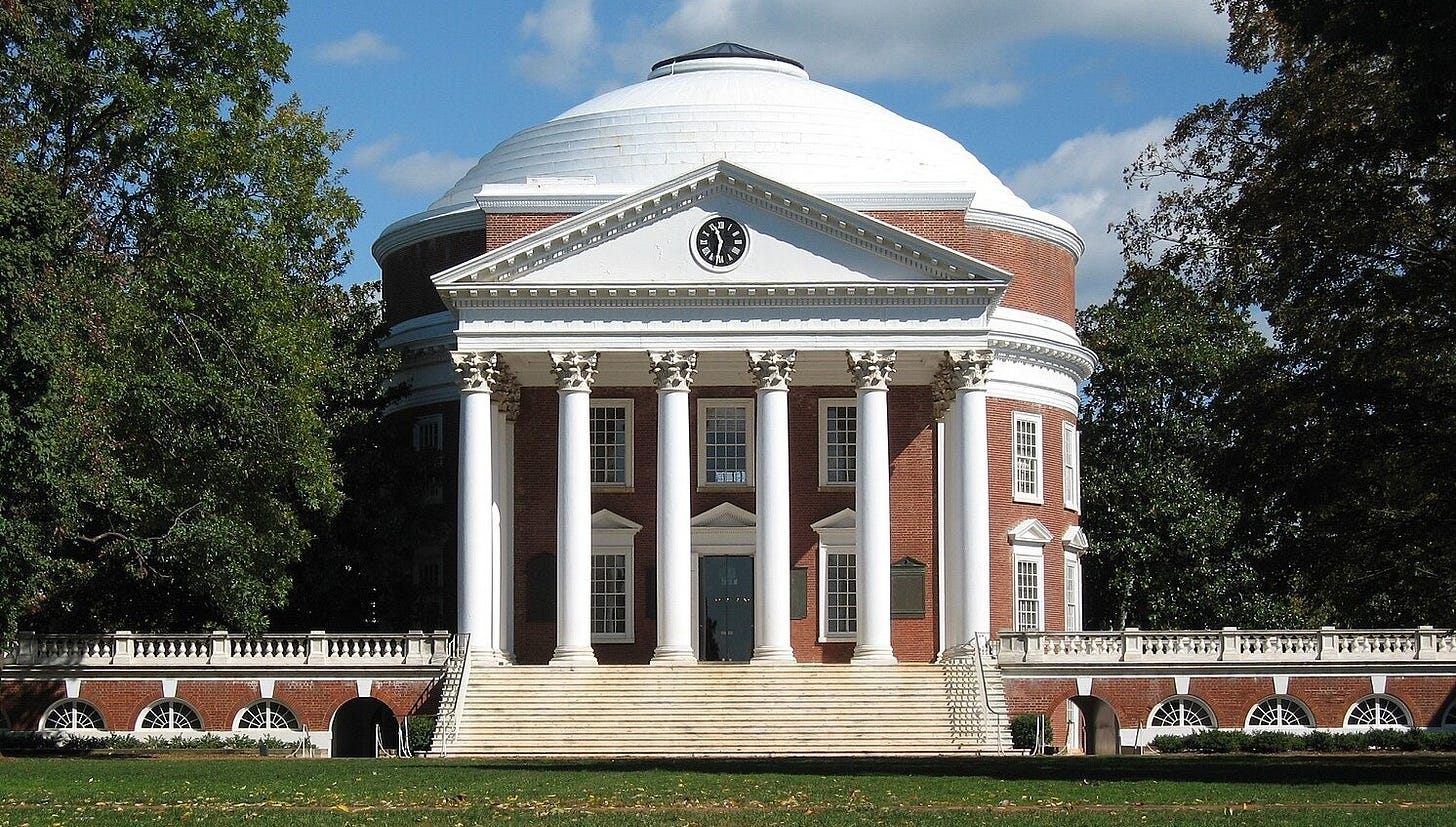
The adoption of classical architecture in early America was no accident. The Founders admired the ancient Greeks and Romans, whose architectural traditions embodied the principles of democracy, republicanism, and civic virtue. Buildings like the U.S. Capitol and the White House were meant to reflect these ideals, using columns, domes, and pediments to project a sense of stability and permanence. This architectural language became a visual representation of the American Republic, reinforcing its commitment to liberty and self-governance.
Why should America, a new nation, look to the distant past to ennoble its architecture?
Because the political brilliance that built America required aeons of human thought and struggle, starting in Ancient Athens and ending with the Enlightenment. When you climb the steps of the Supreme Court’s Roman basilica, it forces you to contemplate the millennia of progress that built the legal system.
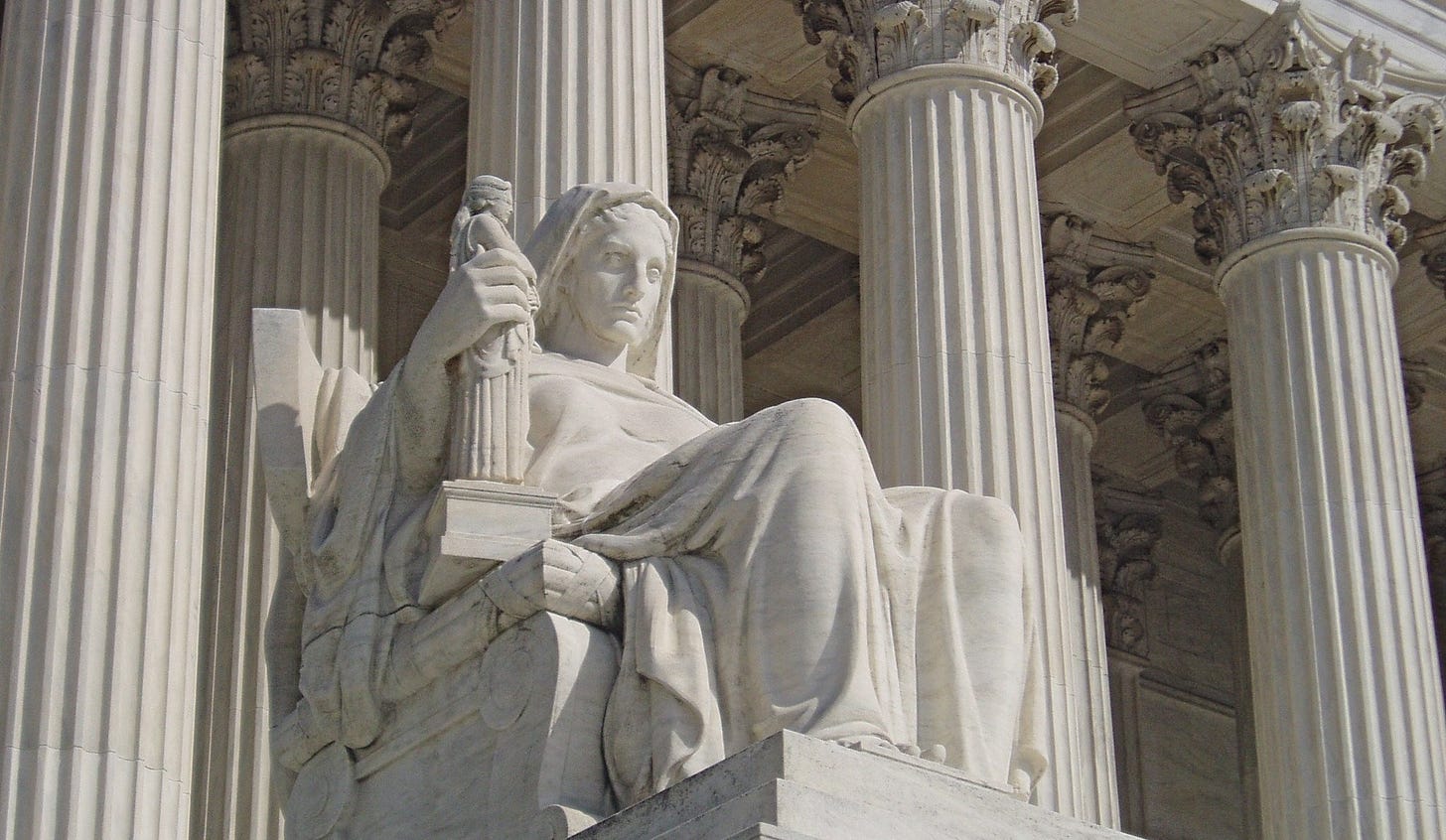
The executive order echoes these sentiments, emphasizing the role of architecture in “ennobling the United States and our system of self-government.” By invoking the classical tradition, the President’s initiative seeks to reconnect federal architecture with the values that defined the nation’s founding.
The Future of Federal Architecture
At the same time, the order raises intriguing questions about the future of federal architecture. While the directive prioritizes classicism, it also calls for designs that “respect regional, traditional, and classical architectural heritage.”
This opens the door for a broader interpretation of what constitutes the “beautiful”, potentially including regional styles that reflect America’s diverse cultural landscape.
One possibility is a revival of Art Deco, a uniquely American style (though it first emerged in Paris) associated with the optimism and innovation of the early 20th century. Through bold geometric forms and luxurious details, Art Deco exudes a sense of progress and exceptionalism — qualities that align with the President’s vision for “ennobling” public spaces. And, uniquely, it blended modern forms with elements of ancient design.
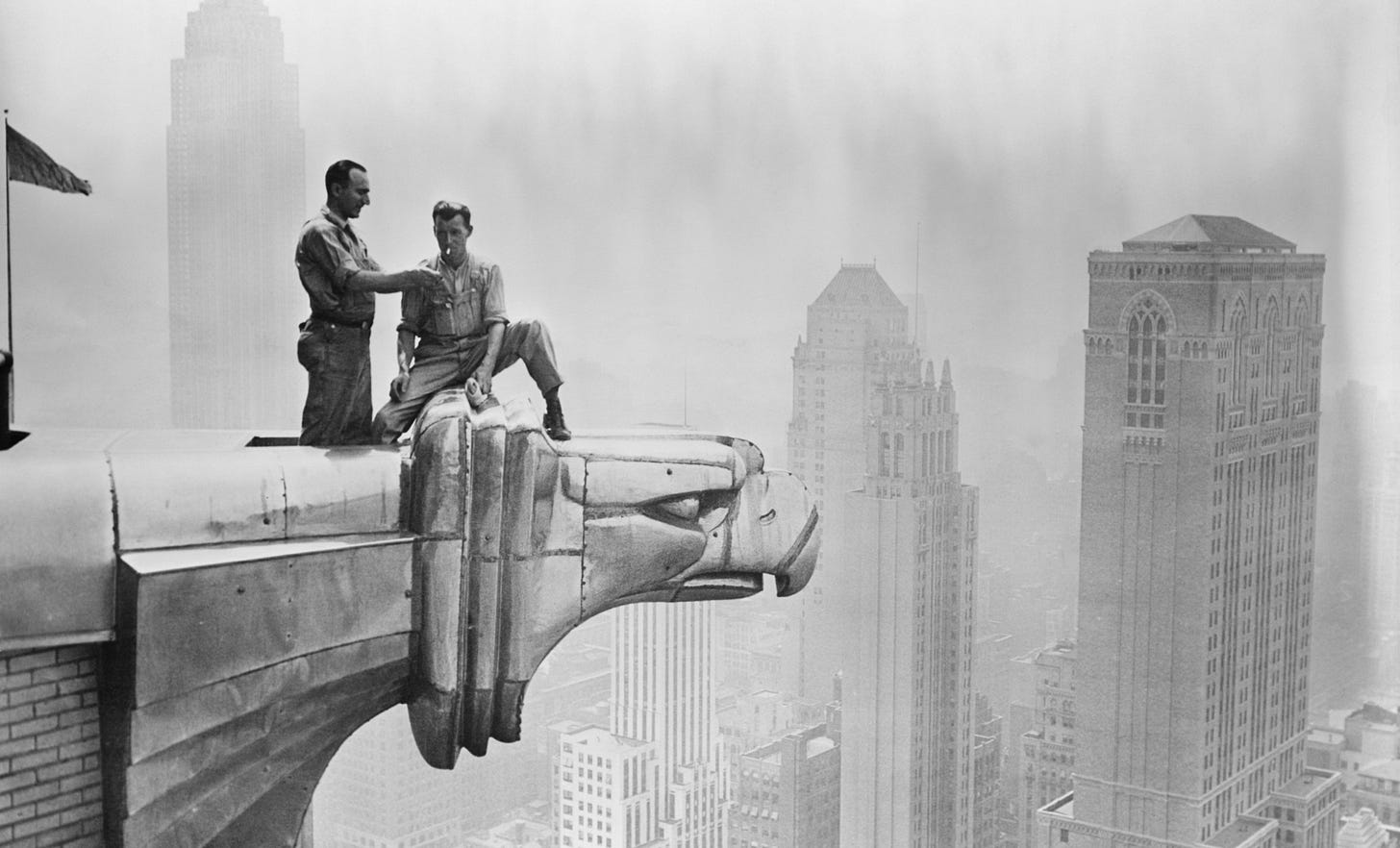
Another potential direction is the integration of more local architectural traditions, like Spanish Colonial Revival in the Southwest or Gothic Revival in the Midwest, to ensure federal buildings reflect the character of their communities. Even though these aren’t your stereotypical “Greco-Roman” styles, that’s OK — as our interview with Michael Diamant reveals, classical architecture isn’t so much a style as it is an adherence to a set of proportions proven to create symmetry, order, and harmony.
President Trump’s vision for federal architecture is clear — a return to designs that inspire civic pride, reflect the nation’s ideals, and connect Americans to their cultural heritage. If all goes to plan, the executive order might help shape public spaces that reflect the dignity and values of the American Republic.
In doing so, America again pays homage to its Founding Fathers, who understood that architecture is more than mere construction — it is a symbol of a nation’s aspirations.
__________
Follow DailyClout on Rumble! https://rumble.com/user/DailyClout
Donate to DailyClout: https://ko-fi.com/dailyclout
Please Support Our Sponsors
Birch Gold Group: “A Gold IRA from Birch Gold Group is the ultimate inflation hedge for your savings in uncertain times. Visit https://birchgold.com/dailyclout to see how to protect your IRA or 401(k).”
The Wellness Company: https://dailyclouthealth.com
Use code DAILYCLOUT for 10% off!
BIOptimizers: Start 2025 strong with the key to better sleep, less stress, and sharper focus: Magnesium Breakthrough by BIOptimizers. Use code DailyClout at bioptimizers.com/dailyclout for 10% OFF—because crushing your goals starts with taking care of YOU!
NativePath: “Top Doc Reveals: THIS Protein May Restore Bone Density and Fix Joint Pain…Visit getnativepath.com/DailyClout to Learn More”
Patriot Mobile: “Visit https://patriotmobile.com/dailyclout for a FREE month of service when you switch!”
Order ‘The Pfizer Papers’ and Support Our Historic Work: https://www.amazon.com/dp/1648210376?&tag=skyhorsepub-20
Discover LegiSector! Stay up-to-date on issues you care about with LegiSector’s state-of-the-art summarizing capabilities and customizable portals. No researchers needed, no lobbyists, no spin. Legislation at your fingertips! Learn more at https://www.legisector.com/
The post “Why Is Trump Pushing Classical Architecture?” appeared first on DailyClout.
